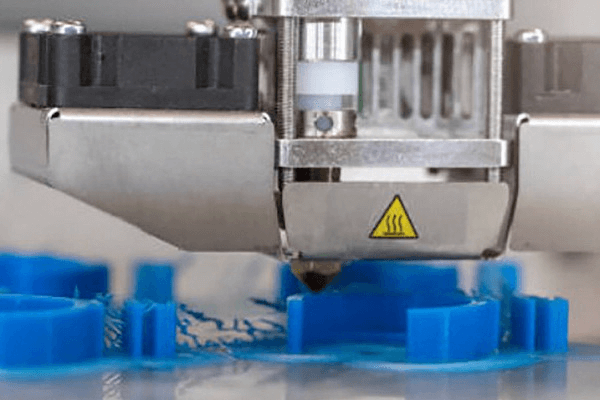Posted on Nov. 11th, 2019, | By WayKen Rapid Manufacturing
Manufacturing a product does not simply involve processing the actual parts and assembling them. The production process involves a lot of additional tasks such as developing packing, thinking about logistics, and most important – developing and producing the tooling. Tooling is a general meaning for the components that are necessary for the successful production of all the components in the required volume and with all the prescribed requirements. The tooling Industry costs billions of dollars for entrepreneurs all over the world. The costs for tooling can reach up to 50% of the total product cost. However, new technologies are being developed to decrease the time and price of tooling. 3D printing has proven to be a reliable and promising technique for such a job.
Over the years the additive manufacturing technology or as it is commonly called 3D- printing for is an analogy with the conventional process of copying 2D digital images on a sheet of paper. As the technique matured, the precision, part strength, surface finish, and material range for additive manufacturing have grown drastically. 5 years ago the printed parts could only be used for mock-ups and presentations. Today we hear of printed metal components being installed on Airbus engines, space shuttles, and cars. That means 3D printing has become useful for tooling as well. If we consider such a swift development, perhaps it is possible that 3D printing will be able to substitute all the conventional processes for tooling manufacturing in the whole Industry?
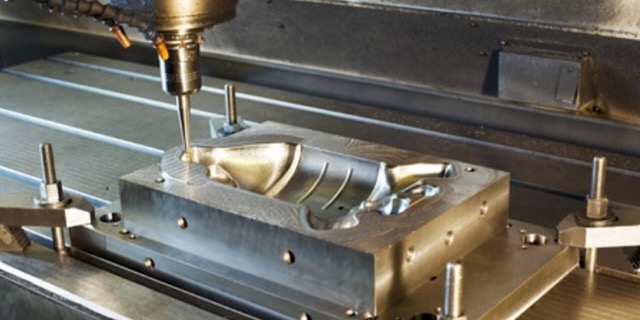
Plastic 3D-printing to Substitute Soft Tooling
Soft tooling is usually referred to like elements that do not require a lot of disabilities. The most common example of soft tooling is silicone molds for casting plastic. They are manufactured from different cured silicone mixtures while the hard tooling for Injection molding is made of metal alloys. Their durability is minuscule compared to hard tooling (only 1-1000 parts depending on the complexity) but the price is considerably cheaper. Silicone molds are perfect to be used in prototyping jobs, small-volume manufacturing, and customization. You would only need a master model and one or two die forms to produce a small but significant batch of parts. So, how can additive manufacturing improve and replace the conventional process here?
Contact WayKen to discover more details about rapid injection molding prototyping.
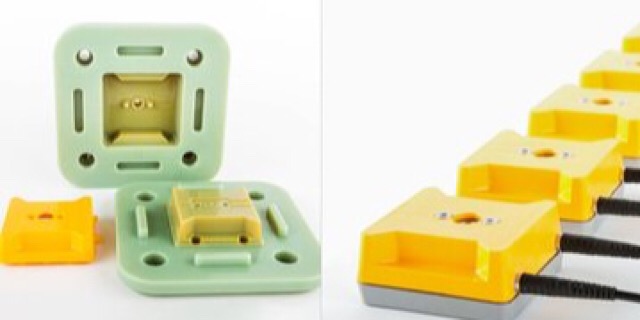
Improvements By the Additive Manufacturing
Firstly, 3D printing plays a significant role in silicone casting already. It is indispensable for the master model manufacturing. 3D printing excels at producing a single custom part and the advantage is that the complexity of the geometry plays little to no role in the final time and cost. A single custom complex part is a definition of the master model for plastic casting. After the master-part is done, it is submerged in liquid silicone and then once it is hardened, two halves of the die are obtained.
What if we go further and produce the silicone dies themselves by simply printing the silicone molds. That would eliminate the need for a master part and it’s post-processing. Modern 3D printers do not quite reach the necessary surface finish with the necessary materials but they can produce extremely smooth parts with softer polymers. Who’s to say that the printers won’t be able to achieve the same precision on the more complex materials in a couple of years? When that happens, the conventional silicone tooling industry will be in trouble.
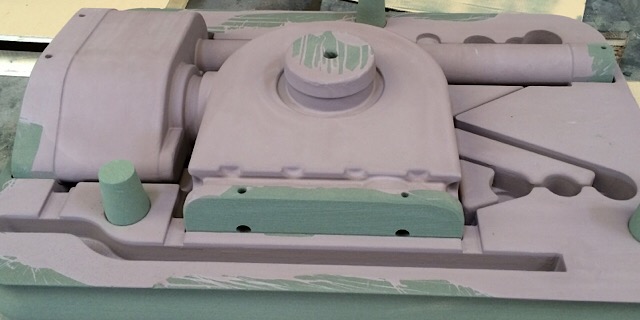
3D-Printing and the Injection Molding Industry
We have looked at soft tooling. Now let’s see what 3D printing can bring into the hard tooling industry. The majority of this industry involves steel durable dies for plastic injection molding parts. However, hard tooling includes metal forging dies, Machining fixtures, and measuring clamping tools ( or whole specialized measuring equipment units for specific parts).
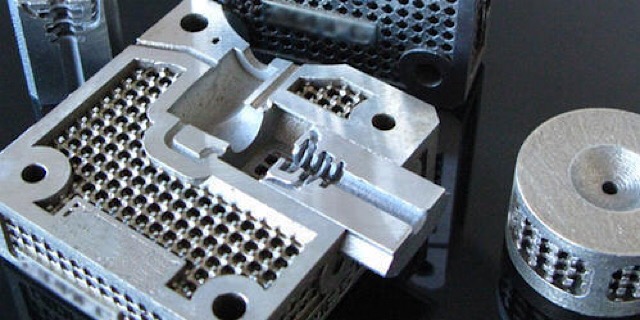
Hard Tooling For Different Industries
Hard tooling is most commonly produced by CNC machining. The dies and fixtures are made of stainless steel or hard metal alloys, which may be heat treated to further increase their life. Such materials are very hard to process. That’s why hard tooling manufacturing processing costs a lot of money and takes a significant portion of the product lead time.
Hard tooling is usually manufactured as a single unit or as a very small batch. It commonly has a very complex geometry with internal features. This situation is exactly where 3D printing excels. However, additive manufacturing isn’t widely used to produce dies yet.
Reasons We Don’t See Additive Manufacturing Yet
There are a few reasons for that. One reason is that metal Additive Manufacturing does not yet provide the precision and surface finish that CNC machined parts can reach. So, you can’t completely avoid the processing by cutting tools. All of that means you cannot avoid post-processing and the cost of post-processed parts is higher. However, the most important reason is that the fatigue properties of sintered parts haven’t been well researched yet. It means that the durability of printed parts cannot be foreseen reliably. Once more research tests are run, we can establish the overall fatigue curves of the sintered materials. Once that is done, it will be possible to use additive manufacturing for durable components. In addition, there are not that many materials suitable for metal part sintering so the variations of dies are limited.
The Future Of Tooling
Now that we know the current limitations of the 3D-printing in metal, let’s see what may happen in the future when those limitations are eventually overcome. If we develop printers that can make precise parts from complex components, the manufacturing pace will skyrocket indeed. The dies will be manufactured in mere days and way cheaper considered to today’s manufacturing. The cost of machining a single part is very high while 3d-printing a custom pet is actually more profitable rather than making a batch. The hardness of the material won’t matter since it is locally melted and not cut.
And last but not least, additive manufacturing can add a lot in terms of inner cooling channels. Drills and bores cannot reach deeper cavities and spaces, which results in different cooling rates. However, additive technologies can offer any complex form of channels that are efficient, evenly spread over the cavity, and do not add to the cost of the die.
Conclusion
Additive manufacturing has a long way to go for it to substitute conventional foolproof methods of creating tooling. However, once the technology matured and the properties of its parts are better understood, conventional methods won’t stand a chance.

